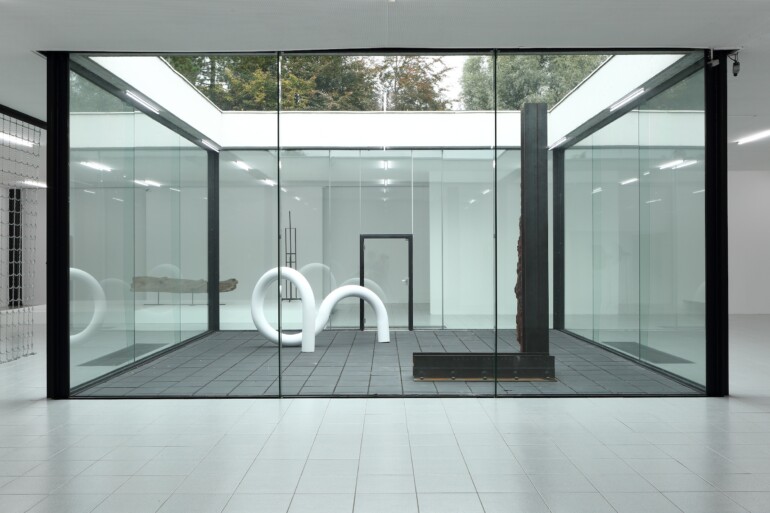Carlo Scarpa
CARLO SCARPA was born in 1906 in Venice and died in 1978 in Sendai, Japan. He is widely recognised as one of the most important architects of the twentieth century. Scarpa attended the Royal Academy of Fine Art in Venice, where he began teaching in 1926. Between 1932 and 1947 Scarpa worked with Venini Glassworks in Murano, Venice, where he experimented with ancient glass-blowing techniques creating a rich and varied body of work.
Aside from private and residential commissions, Scarpa is renowned for radically renovating and redesigning key municipal museums across Italy, including the Accademia and the Correr Museum in Venice, Palazzo Abatellis in Palermo, and the Museo di Castelvecchio in Verona. Lesser known, but equally important, were his designs for temporary exhibitions and displays, such as the exhibition of Piet Mondrian’s work at the Galleria Nazionale d’arte Moderna, Rome (1956), Frescoes from Florence at the Hayward Gallery, London (1969), as well as a series of displays and architectural commissions for the Venice Biennale.
Scarpa won many prizes, including the National Olivetti Award for Architecture (1956) and the Italian Order of Merit for Culture and Art (1977), and was awarded the Honoris Causa in Architecture by the IUAV in Venice in 1978.
